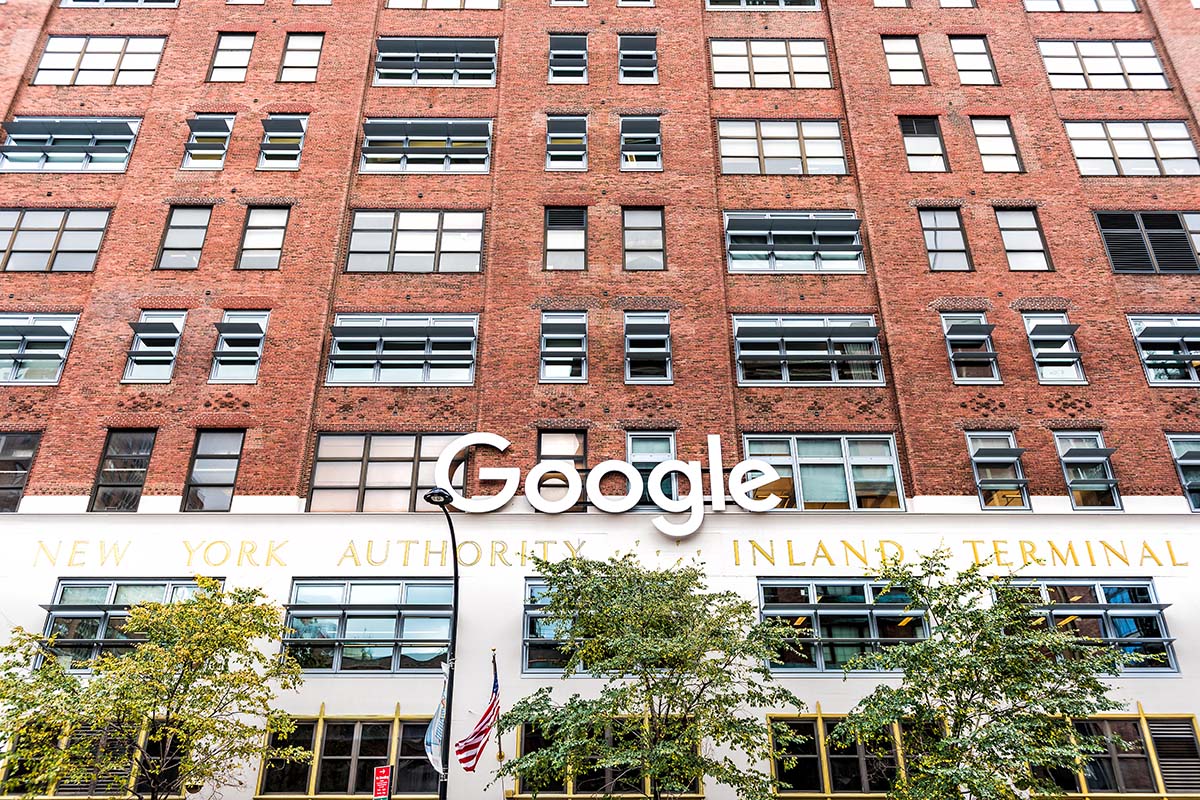It’s a misconception that the monolithic online advertising platform of Google Ads is only for large businesses. Google Ads provides a platform that is actually advantageous for small businesses to grow their reach and brand discoverability. Scalability, precise targeting, and detailed reports make Google Ads great for small business. If you’re curious how, keep reading.
Budgeting that Scales
Scalability is one of the central reasons Google Ads is perfect for large and small businesses alike. Google Ads doesn’t require running a full marketing platform of every kind of campaign with a massive budget. Instead, small businesses can start with a single targeted campaign and expand as you determine what methods are successful. After that, it is easy to scale up and down as needed. This is great for small businesses who occasionally have product or service launches, special promotions, or more active seasonal periods. Google Ads makes it easy to run those additional campaigns at the appropriate times and scale back to more standard ads when its timely.
Pay Per Click Model is Great for Small Businesses
Google Ads run on a pay or cost per click model, i.e., a business only pays for each click on the ad. The rates for these ads are according to the search terms set for the ad. More popular key terms will have a higher fee than those searched less frequently. This is great for small businesses because they often operate in a niche, meaning their ad key terms can be more focused and cheaper. Furthermore, you will only be paying for the ads that are working, meaning an ad’s cost is directly relational to its performance.
Targeting Locality
Today, many small businesses benefit from online sales, but they still rely largely on local customers and clients. This makes Google Ads especially great for small businesses. Over 46% of Google searches are for local information. This means nearly half the searches made by those near your small business are providing ideal advertising opportunities. With Google’s Geotargeting, you can define your ads to appear specifically in searches made in the area around your business. Google’s detailed metrics even allows you to target certain demographics within those locals. Overall, Google Ads are great for increasing your business’ local presence and discoverability.
Customizability where Ads Appear
Google Ads can appear in Google searches, shopping suggestions at the top, maps, Play apps, and partner websites. This provides a small business with a wide assortment of places to put their ads. These further allow a business to target a specific demographic or potential client. For example, product-based businesses can have their products appear at the top of any search as a shopping suggestion, increasing your business’ discoverability as a shopping option.
Clear Metrics and Transparent Results for Small Businesses
Google provides thorough and clear statistics and reports for any ads and campaigns you run. These statistics will indicate which leads generate clicks, where ads are most effective, and what kind of ads people respond to. For small businesses that will be creating fewer and more targeted ads, this provides immensely valuable information for tracking performance and selecting and creating the most effective ads. Those metrics also include detailed budget tracking that is highly beneficial for small businesses. These clearly show the ROI of each ad and campaign so you can properly scale and allocate your advertising budget appropriately.
Great Feedback for Small Business SEO
Advertising tends to provide more immediate results for determining what generates clicks and visits to your business’ website than building up its search engine optimization (SEO). Smaller businesses tend to add pages slower to their websites, since they inherently have a smaller content production pipeline. This can make optimizing search engine performance a lengthier process for a small business. However, SEO is vital for the performance of your business’ website in searches and growing your brand’s discoverability. The performance metrics from Google Ads are great for a small business to determine what potential customers or clients are interested in, helping you tailor your site’s content to organically appear more often in their searches.
Getting Started with Google Ads
Hopefully this short list of key features of Google Ads makes it clear how the platform is great for small businesses. It’s scalability, local functionality, diverse tool set, and detailed reporting make it ideal for small business advertising. Want to start growing your business’ discoverability with Google Ads? Contact Rosewood and ask about our Google Ad services to help you get you started!



